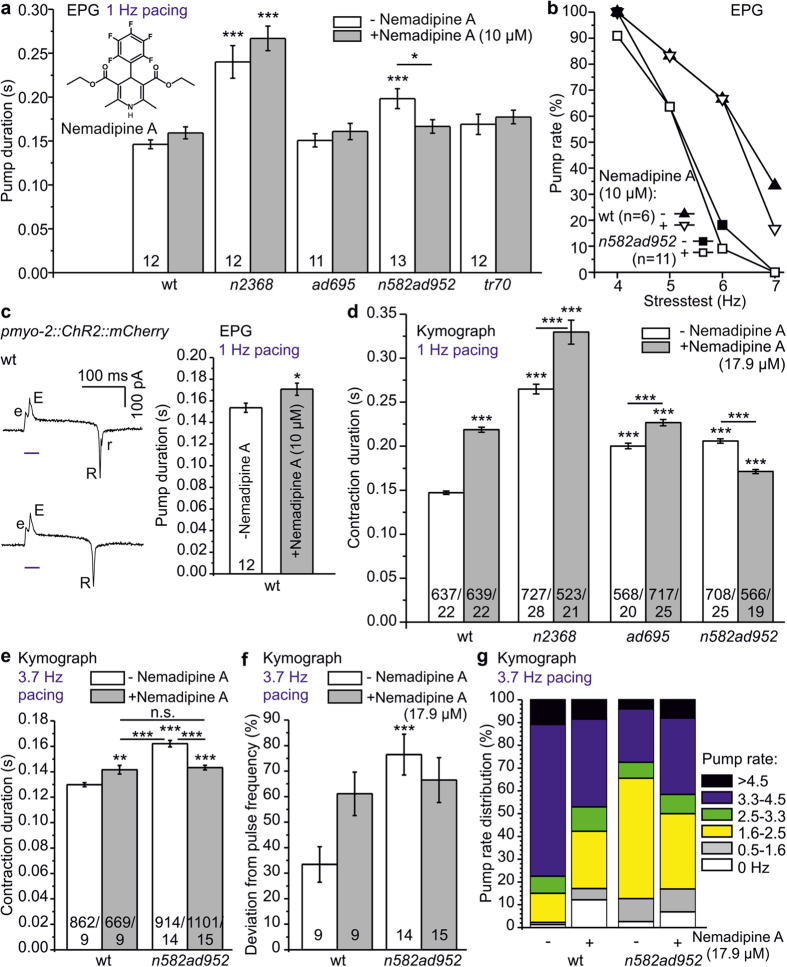Figure 8. Nema-A ameliorates egl-19(n582ad952) mutant defects in paced pumping in dissected pharynxes and intact animals.
(a) Pump duration deduced from EPG recordings of dissected, optically paced pharynxes (1 Hz), before (white), or following 2 min incubation with nema-A (grey bars, 10 μM; molecular structure shown in the inset), in egl-19 mutants and wild type (wt) as indicated (n = 11–13 pharynxes). (b) Pacing stress test of wt (triangles) and egl-19(n582ad952) (squares), following incubation with (10 μM, open symbols) or without nema-A (closed symbols). Shown is the fraction of pharynxes achieving pumping at the indicated pace frequency. (c) Not every EPG shows a distinct r-peak. Exemplary analysis of pump duration, as time between E- and r-peak, points out a significant effect of nema-A on wt. (d) Contraction duration for the indicated wt or egl-19 mutant animals, during 1 Hz optical pacing, after 30 min incubation in the absence or presence of 17.9 μM nema-A (n = 19–28 animals, 523–727 contractions). (e) Contraction duration, (f) mean deviation from pace frequency, and (g) pump rate distributions for the indicated wt or egl-19 mutant animals, during 3.7 Hz optical pacing, after 30 min incubation in the absence or presence of 17.9 μM nema-A, dissolved in M9 buffer, were analyzed by kymographic analysis for higher throughput and detailed pump rate assessment (n = 9–15 animals, 669–1101 contractions). Pump rate distribution in (g) is color coded: black: >4.5 Hz, blue: 3.3–4.5 Hz, green: 2.5–3.3 Hz, yellow: 1.6–2.5 Hz, grey: 0.5–1.6 Hz, white: 0 Hz. Statistically significant differences: one way ANOVA with Fisher post-hoc test in (a), and t-test with Bonferroni correction in (c–f) (***P < 0.001; **P < 0.01; *P < 0.05).

